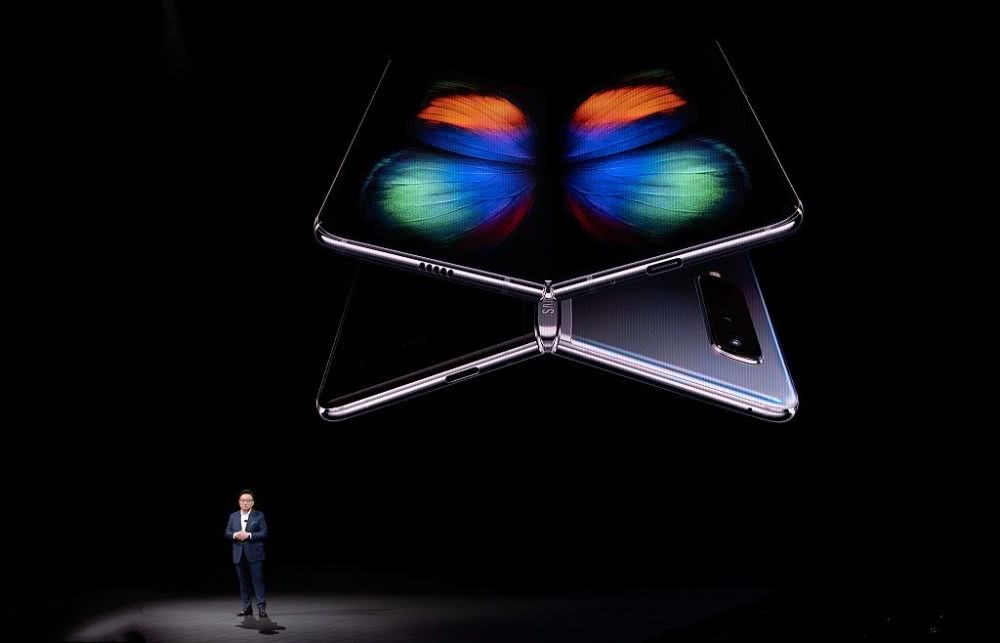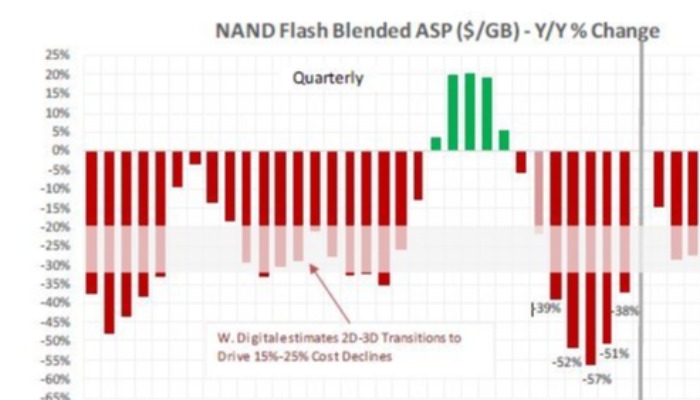By 2026, the annual revenue of smart streetlights will grow by 31% to $1.7 billion.Street lighting plans for today and the next few years will focus on replacing traditional lamps with LED lights.However, only 20% of LED streetlights will be truly "smart" through integration with lighting control systems.This imbalance will slowly correct itself, and by 2026, the central management system will be connected to more than two-thirds of all new LED street lamp installations.
"Intelligent street light providers like Telensa, Telematics Wireless, DimOnOff, Itron and Signify are the most successful, benefiting from their cost optimized products, market expertise and aggressive business strategy," said Adarsh Krishnan, principal analyst at ABI Research."" in addition, suppliers of smart cities have more opportunities to take advantage of streetbar infrastructure, including wireless connectivity infrastructure, environmental sensors and even smart cameras." ""The challenge now is to find a viable business model that encourages large-scale and efficient deployment of multi-sensor solutions.
The most used smart street lighting applications are (in order of priority) : remote scheduling of dimming configurations based on seasonal changes, jet lag, or special social events;Metering individual street light consumption to achieve usage-based billing;Asset management to improve maintenance plan;Finally, adaptive illumination based on sensors.
On a regional scale, the deployment of street lighting is unique in terms of suppliers and technical methods as well as end-market requirements.North America has been a leader in smart street lighting in 2018, accounting for 31 percent of the global installed base, followed by Europe and the asia-pacific region.In Europe, non-cellular LPWA technologies dominate today's smart streetlights, but will lose some market share to cellular LPWA technologies, especially as nb-iot-based terminals become more commercialized in the second quarter of 2020.
By 2026, the asia-pacific region will have the largest base for the installation of smart streetlights, accounting for more than one-third of the global total.The growth is due to ambitious LED street lamp retrofitting projects in China and India, which are also building local LED component manufacturing facilities to reduce lighting costs.
"In India and China, the penetration rate of LED street lights from international suppliers to lighting control systems is very low due to the emerging domestic solution supplier ecosystem and the inability to adapt to the local market demand for innovative but low-cost products.""Low-cost solutions based on cellular LPWA technology, followed by non-cellular LPWA technology, will be the fastest growing solution in the APAC region, accounting for 48 percent and 36 percent of total installed base in 2026, respectively," Krishnan said.

 영어
영어  중국어
중국어  독일어
독일어  한국어
한국어  일본어
일본어  Farsi
Farsi  Portuguese
Portuguese  Russian
Russian  스페인어
스페인어 





